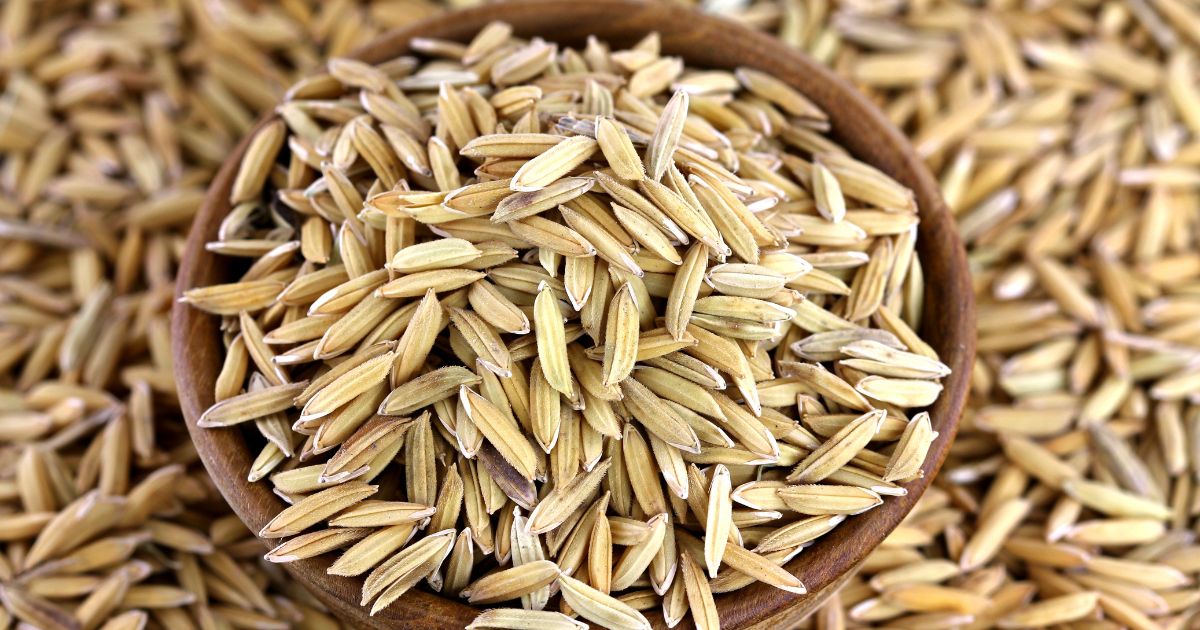The Department of Agriculture (DA) announced that rice prices could decrease by as much as P7 per kilo by January 2025, thanks to the government’s decision to lower import tariffs on rice. This move is expected to provide relief for consumers struggling with rising food costs. However, the focus on imported rice raises concerns about its impact on local farmers.
Agriculture Secretary Francisco Tiu Laurel Jr. shared in a Palace briefing that the effects of the tariff cuts, which slashed duties on imported rice from 35% to 15% last July, may start to be felt as early as October. Yet, the full reduction in rice prices is expected to occur by January 2025.
“By mid-October, we should see prices slowly decrease, but the full effects will be clearer by January,” said Laurel. He estimated that prices could drop by P5 to P7 per kilo by then. For instance, rice currently priced at P52 could fall to P48 by January.

Despite this potential relief for consumers, the Secretary acknowledged that local farmers may face difficulties. Many of them sold their palay (unhusked rice) at higher prices earlier this year, with some fetching P30 per kilo between January and June. As stocks from that period dwindle, imported rice will increasingly dominate the market, potentially undercutting local rice prices.
Laurel explained that while international rice prices have dipped slightly, it’s the reduced tariffs that will have the most significant impact on price reductions. However, some local farmers worry that cheaper imported rice could hurt their livelihoods, especially as they still have stocks purchased at higher costs.
In addition to the Agriculture Department’s expectations, the National Economic Development Authority (NEDA) and Finance Secretary Ralph Recto pointed out that food inflation has already shown signs of slowing, in part due to the tariff cuts. Recto noted that the price reductions will likely continue through the coming months, with some price drops possibly noticeable by Christmas.
